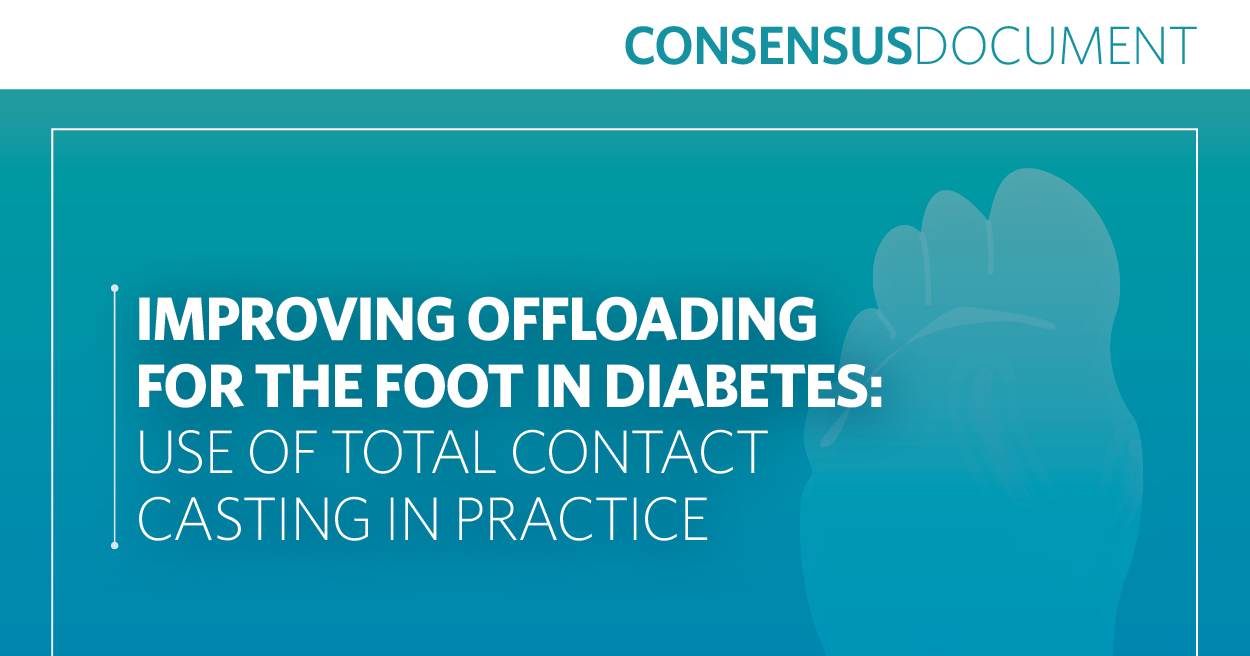A number of systems have been developed for measuring force and pressure produced beneath the foot (Table 1). These include platform systems where a patient walks barefoot over a force or pressure platform (Figures 1 and 2), and in-shoe systems where pressure sensors are embedded into a pre-made insole, which is then temporarily fitted inside a patient’s footwear (Figures 3 and 4). Data collection and analysis are enabled through connection of the platform or insoles to a computer programmed with software provided by the manufacturer.
The use of such equipment has allowed the identification of high plantar pressures as a risk factor for the development of ulceration in the neuropathic diabetic foot, (Boulton et al, 1987; Veves et al, 1991, 1992; Murray et al, 1996). Research has also confirmed the relationship between high plantar pressures, callus formation, and the development of ulceration (Young et al, 1992).
Foot pressure measurement
Despite advances over the past decade, foot pressure measurement is still in its infancy. The significance of many force and pressure parameters, in relation to the prevention and management of the diabetic foot, has yet to be investigated (Cavanagh et al, 1996). In time, foot pressure measurement may be utilised in screening tools for the prediction of ulceration, as well as in the design and objective evaluation of footwear and orthoses (Cavanagh et al, 1996).
Pressure measuring equipment
As with any new measurement tool, much research has been dedicated to testing the technical specifications of the equipment, in order to produce valid, reliable and reproducible measurements (Cavanagh and Ulbrecht, 1991; Cavanagh et al, 1992; Cavanagh and Ulbrecht, 1994; McPoil et al, 1995; Davis et al, 1996; Woodburn and Helliwell, 1996; Lord, 1997). Technical specifications of foot pressure measuring systems that have been considered before are summarised in Table 2. These technical characteristics have been discussed by many researchers (Cavanagh and Ulbrecht, 1991; 1994; McPoil et al, 1995; Davis et al, 1996; Woodburn and Helliwell, 1996; Lord, 1997).
Research into the technical specifications of the equipment has identified the abilities and shortfalls of the different pressure measurement systems. In theory, the capacities and limitations of equipment need to be addressed before conducting and interpreting foot pressure studies (Cavanagh and Ulbrecht, 1991, 1994; McPoil et al, 1995).
The selection of an appropriate system for a particular investigation will depend largely on the nature of the study to be undertaken. For example, if the aim of a study is to identify a pressure threshold at which ulceration will occur, the accuracy and repeatability of the equipment must be assured. However, in a study aimed at evaluating the effectiveness of specialised orthoses in reducing pressure over specific areas on a foot, repeatability remains an issue, but absolute accuracy is no longer a prerequisite.
Greater significance has perhaps been given to these technical characteristics than has been warranted, particularly when the foot pressure measurement is intended for use as a clinical tool. Unfortunately, the pursuit of technical excellence has inevitably resulted in spiralling equipment costs (Table 1). Such costs place the equipment out of reach of the majority of both clinicians and institutions. As a result, there are few centres of expertise in foot pressure measurement and a limited amount of research activity. In addition, the small number of patients studied may have hindered our understanding of the significance of foot pressure in the diabetic population.
A national scheme has recently been developed, whereby some foot pressure measurement systems can be borrowed. It is hoped that this will encourage more people to undertake research into foot pressure and its implications for care of the diabetic foot.
Alongside advances in pressure sensor technology, there have been advances in software technology. These have not only contributed to increases in the cost of such systems, but have also, in some cases, led to inordinately complex user interfaces. While this may cause unnecessary expenditure of time for the experienced computer user, the novice may simply be rendered helpless.
Also, the clinicians involved in foot pressure research may have concurrent clinical commitments. This division of time undoubtedly causes a loss in the momentum gained from daily use of the equipment. Thus the development of truly user-friendly systems may be a significant step towards their widespread use in clinical practice.
Methodological considerations
The technology itself has not been the only stumbling block. While discussion surrounding methodology has been useful in identifying issues that need to be addressed when conducting foot pressure studies, few conclusions have been reached. Particular methodological issues may have been given greater significance than they warrant. Table 3 summarises some of the methodological considerations of relevance to foot pressure studies.
A number of workers have discussed the influences of these factors on foot pressure measurement (Akhlaghi et al, 1994; Cavanagh and Ulbrecht, 1994; Rosenbaum et al, 1994). However, attempts to devise rigid protocols from these findings may be inappropriate, as the nature of the study will be the single most decisive factor in determining the protocol to be used. For example, footwear may be standardised in a study that aims to assess the influence of footwear on foot pressures, but would be regarded as inappropriate in other clinical trials where the patient’s own footwear is needed to enable application of the research findings to practice. Recent discussion has thus moved away from devising protocols, in favour of broad guidelines and the need for researchers to justify their methodological approaches (Foot Pressure Interest Group Committee Meeting, 1998).
Conclusion
Issues that influence foot pressure measurement are well documented and debated, but development is still required in order to contribute further to patient care. This is of key importance to the diabetic foot, where the link between plantar foot pressures and the development of ulceration is established. This could be achieved by encouraging more people into the field, a development which until now has been hindered by the cost of the equipment. A key to further progress may be provided by a national equipment-borrowing scheme, increased support and the sharing of information.
Consideration also needs to be given to some fundamental assumptions. Some of these, such as the concept of normality, have provided the conceptual framework within which attempts have been made to use force- and pressure-measuring systems as diagnostic tools.
The second article in this series will consider the concept of normality as the basis for diagnosis.
Publisher’s note
Figures 1-4 are not available in the online version.





